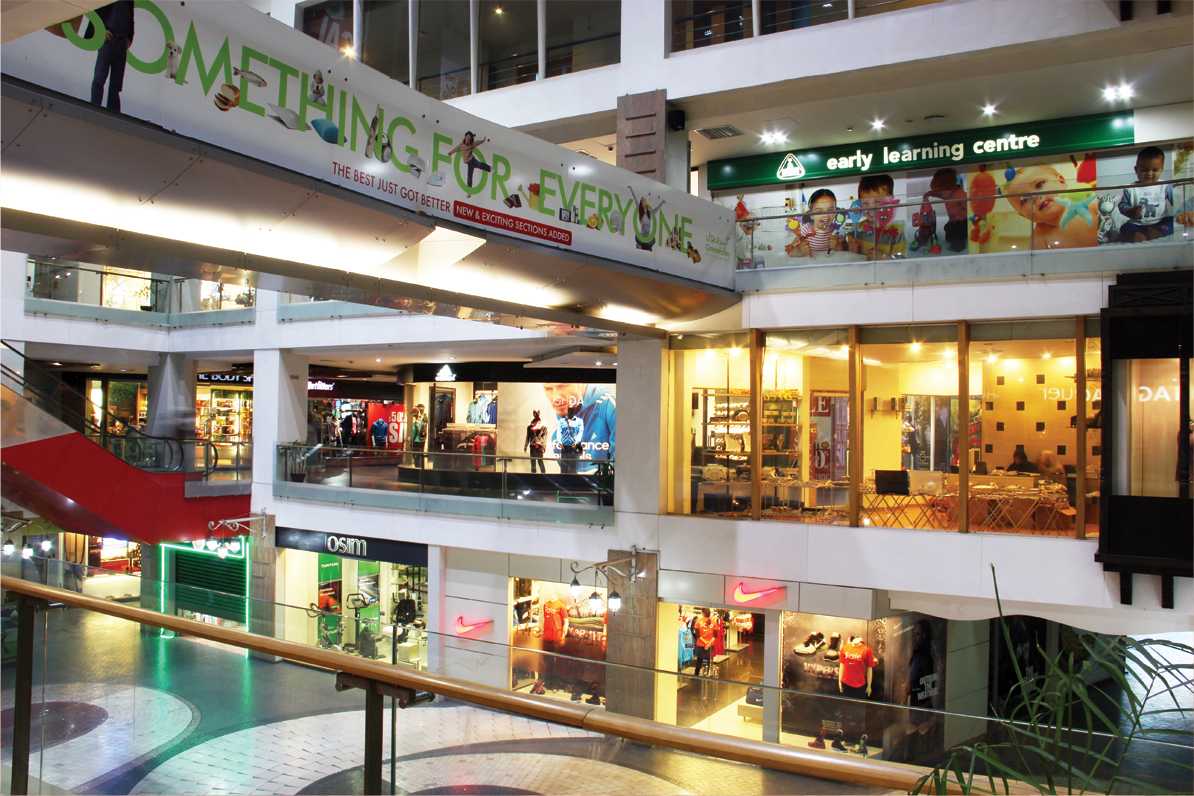Shopping malls have become ubiquitous in today’s urban landscape, offering a myriad of retail, entertainment, and socializing opportunities. As these shopping hubs continue to evolve, it’s crucial to explore their history, benefits, and challenges while contemplating their future.
I. Introduction
A. Definition of Shopping Malls
Shopping malls www.justwilliamstoyshop.com/ are large retail complexes housing various stores, restaurants, and entertainment options under one roof. They serve as comprehensive shopping destinations, providing consumers with a diverse range of products and services.
B. Importance of Shopping Malls
Shopping malls are not just about buying goods; they have evolved into social and cultural hubs. Beyond retail, they offer spaces for leisure, entertainment, and community engagement, making them integral to the urban lifestyle.
II. The Evolution of Shopping Malls
A. Historical Background
The concept of shopping malls dates back to the late 19th century, but it gained prominence in the mid-20th century with the rise of suburban living. The first enclosed mall, Southdale Center in Minnesota, marked a shift towards climate-controlled, indoor shopping spaces.
B. Modern Innovations in Shopping Malls
Today, shopping malls have embraced modern innovations to stay relevant. From incorporating cutting-edge technology to unique architectural designs, malls continually evolve to meet the changing needs and preferences of consumers.
III. Benefits of Shopping at Malls
A. Diverse Retail Options
One of the primary advantages of shopping malls is the sheer variety of retail options available. From high-end brands to local boutiques, consumers can explore a diverse range of products in one location.
B. Entertainment and Leisure
Beyond shopping, malls offer a plethora of entertainment options. Movie theaters, arcades, and even indoor theme parks provide visitors with a holistic experience, making a trip to the mall an event in itself.
C. Socializing Opportunities
Shopping malls serve as communal spaces where people can meet, socialize, and enjoy shared experiences. Cafes, food courts, and communal seating areas create an environment conducive to social interaction.
IV. Finding the Right Shopping Mall
A. Locating Nearby Malls
Finding the nearest shopping mall is made easier through online tools and apps. Utilizing geolocation services, these tools help consumers identify malls in their vicinity.
B. Online Tools and Apps for Locating Malls
Several apps provide detailed information about malls, including store directories, events, and promotions. These tools enhance the overall shopping experience by offering convenience and accessibility.
V. Factors to Consider When Choosing a Mall
A. Retail Variety
When selecting a shopping mall, the variety of retail options plays a pivotal role. A diverse mix of stores catering to different preferences ensures a more satisfying shopping experience.
B. Amenities and Services
Top-notch amenities and services, such as spacious parking, clean restrooms, and security measures, contribute to a positive overall experience for visitors.
C. Accessibility and Parking
The convenience of reaching the mall and the availability of ample parking are critical considerations. An easily accessible location with hassle-free parking adds to the appeal of a shopping destination.
VI. Navigating a Shopping Mall Effectively
A. Planning Your Visit
To make the most of a shopping mall visit, planning is essential. Knowing the layout, identifying key stores, and checking for ongoing promotions can optimize the overall experience.
B. Exploring Different Sections
Malls are often divided into sections based on product categories. Exploring these sections allows visitors to efficiently navigate the mall and find specific items of interest.
C. Making the Most of Your Time
Given the vastness of many shopping malls, time management is crucial. Planning breaks, prioritizing stores, and enjoying the available entertainment options ensure a balanced and enjoyable visit.
VII. How Shopping Malls Adapt to Trends
A. E-commerce Integration
In response to the rise of online shopping, many malls have integrated e-commerce into their business models. This may include virtual storefronts, click-and-collect services, and other digital initiatives.
B. Sustainability Initiatives
Shopping malls are increasingly adopting sustainable practices, such as energy-efficient designs and eco-friendly amenities. This shift reflects a growing awareness of environmental responsibility among both consumers and businesses.
C. Technological Advancements
The incorporation of technology, such as augmented reality shopping experiences and smart infrastructure, enhances the overall convenience and appeal of shopping malls.
VIII. Challenges Faced by Shopping Malls
A. Competition from Online Retail
The convenience of online shopping poses a significant challenge to brick-and-mortar malls. To stay competitive, malls must find ways to complement the online shopping experience.
B. Changing Consumer Behavior
Shifting consumer preferences, influenced by factors like the pandemic and changing lifestyle patterns, require malls to adapt swiftly. Understanding and responding to these changes are vital for the sustained success of shopping malls.
IX. Future of Shopping Malls
A. Innovative Concepts and Designs
The future of shopping malls lies in innovative concepts and designs. Malls may become more experiential, offering unique attractions, immersive experiences, and a blend of physical and digital retail.
B. Community-Centric Approaches
A community-centric approach, where malls serve as gathering places for local residents, is gaining traction. Incorporating community spaces, cultural events, and local initiatives can redefine the role of shopping malls in society.
X. Conclusion
As shopping malls continue to evolve, they remain central to our retail experience, offering not just products but a dynamic and engaging environment. Embracing innovation, understanding consumer needs, and fostering a sense of community will define the future success of these multifaceted spaces.





